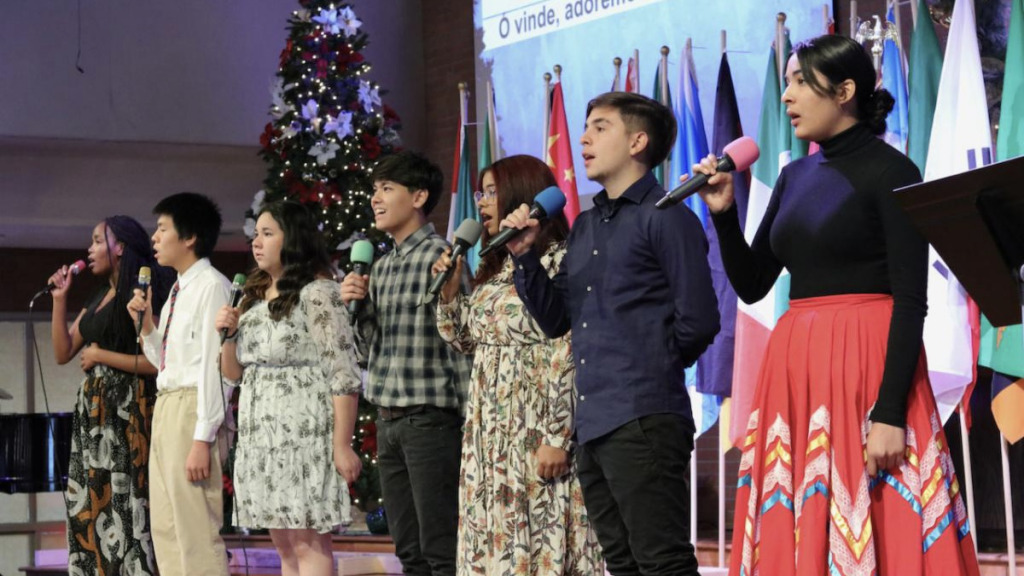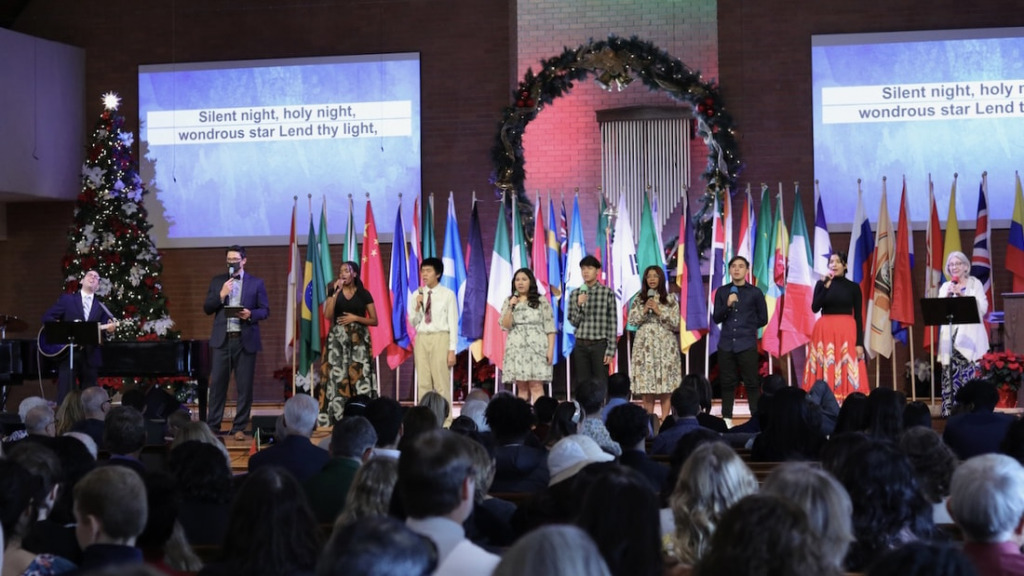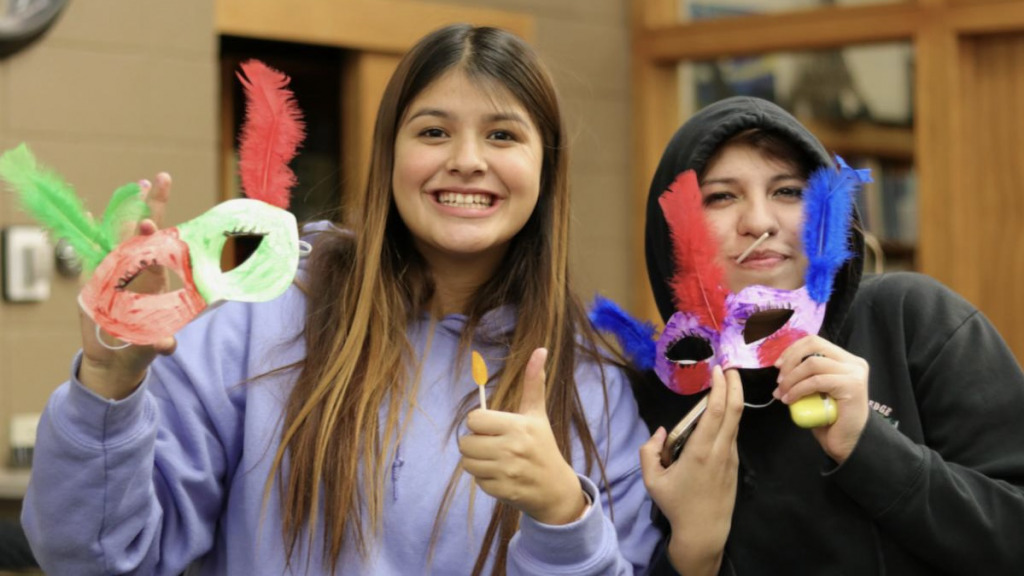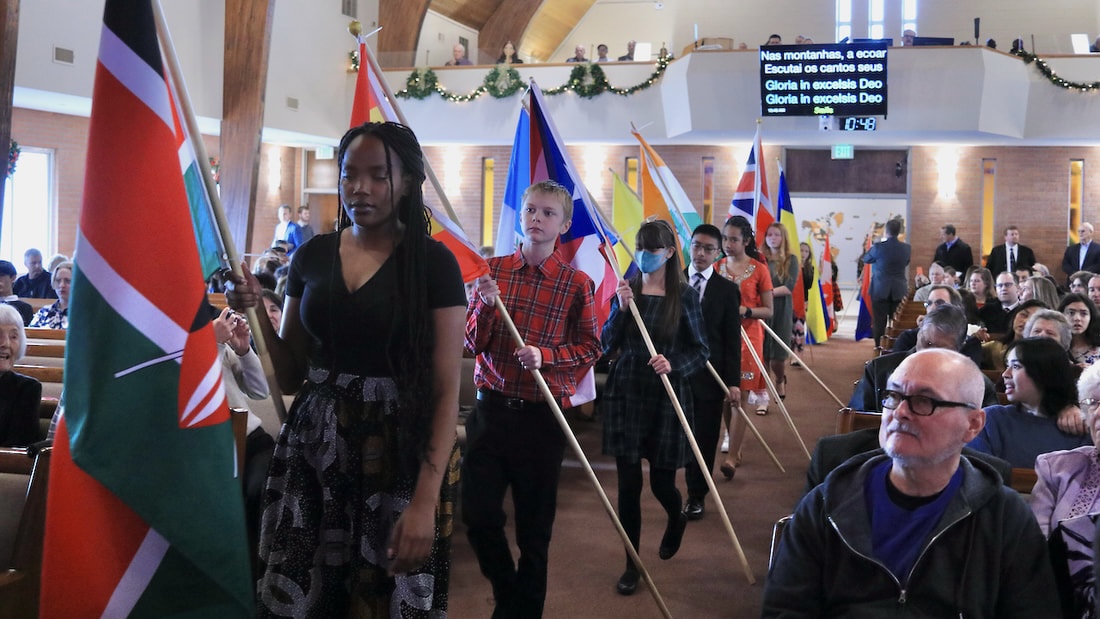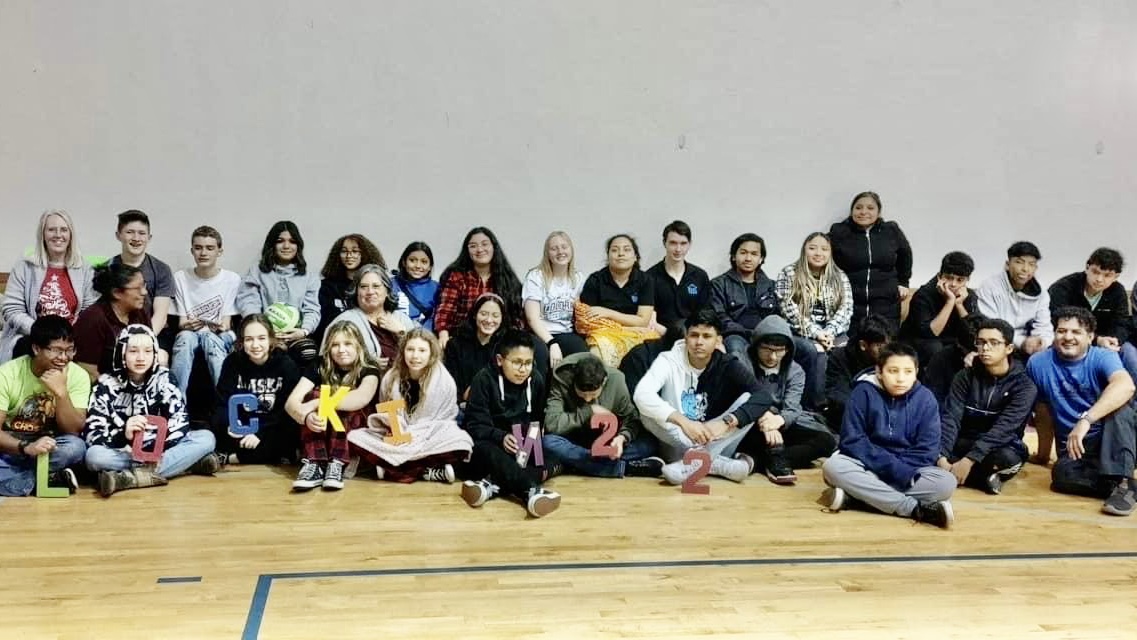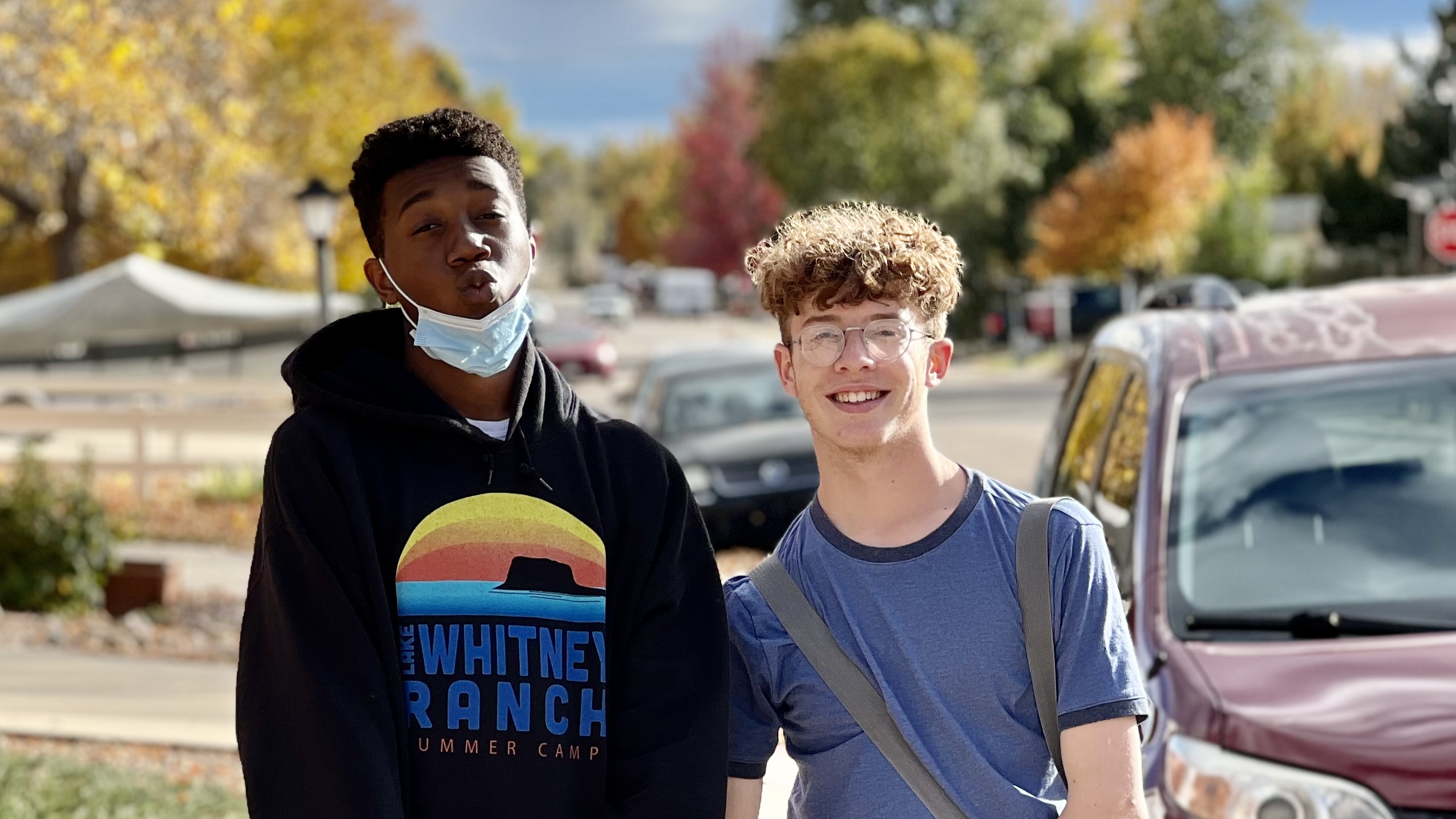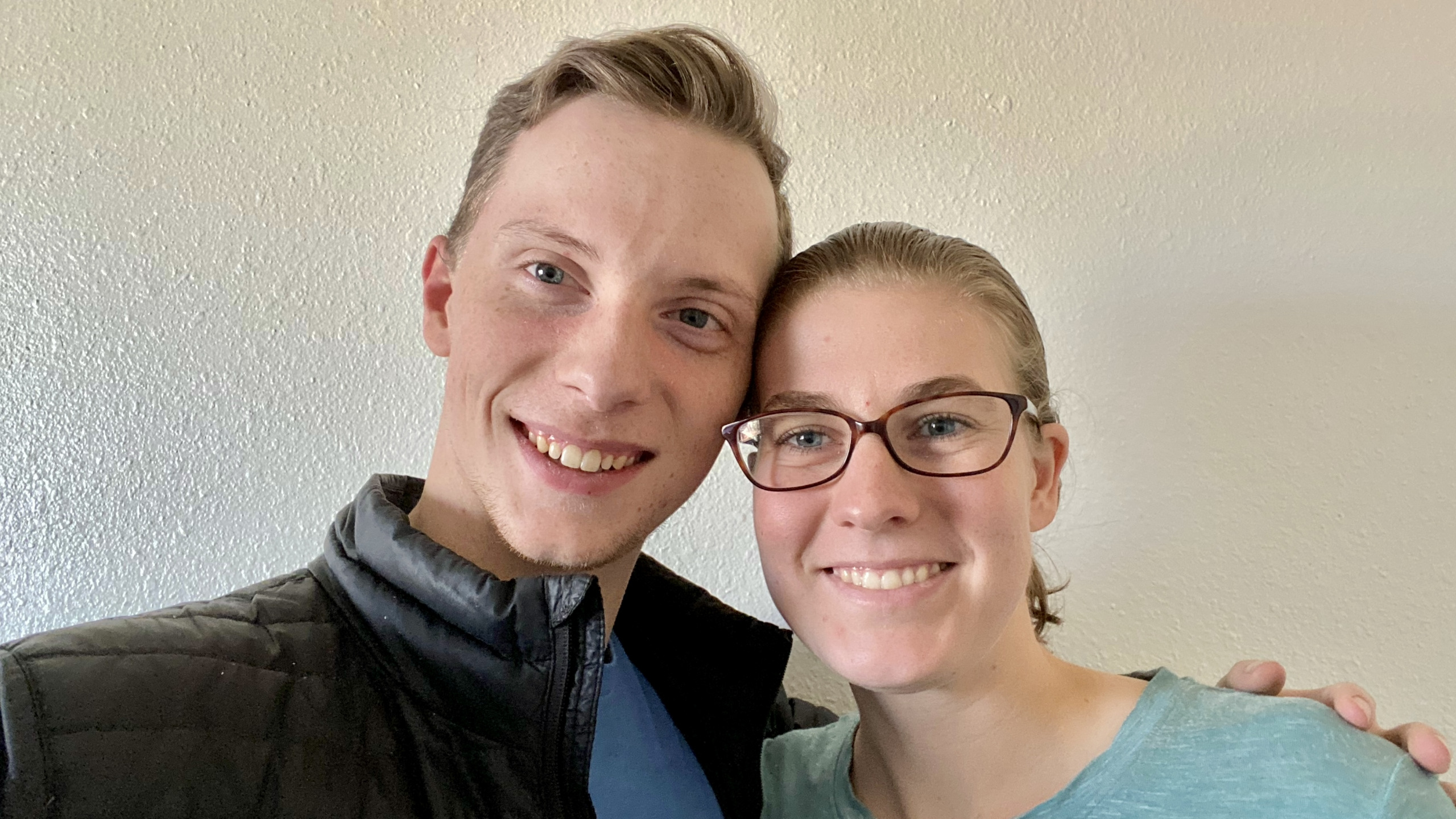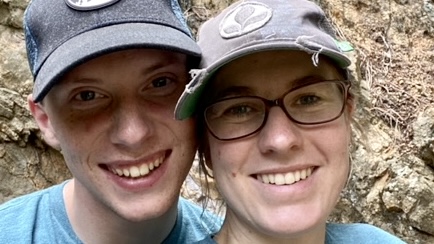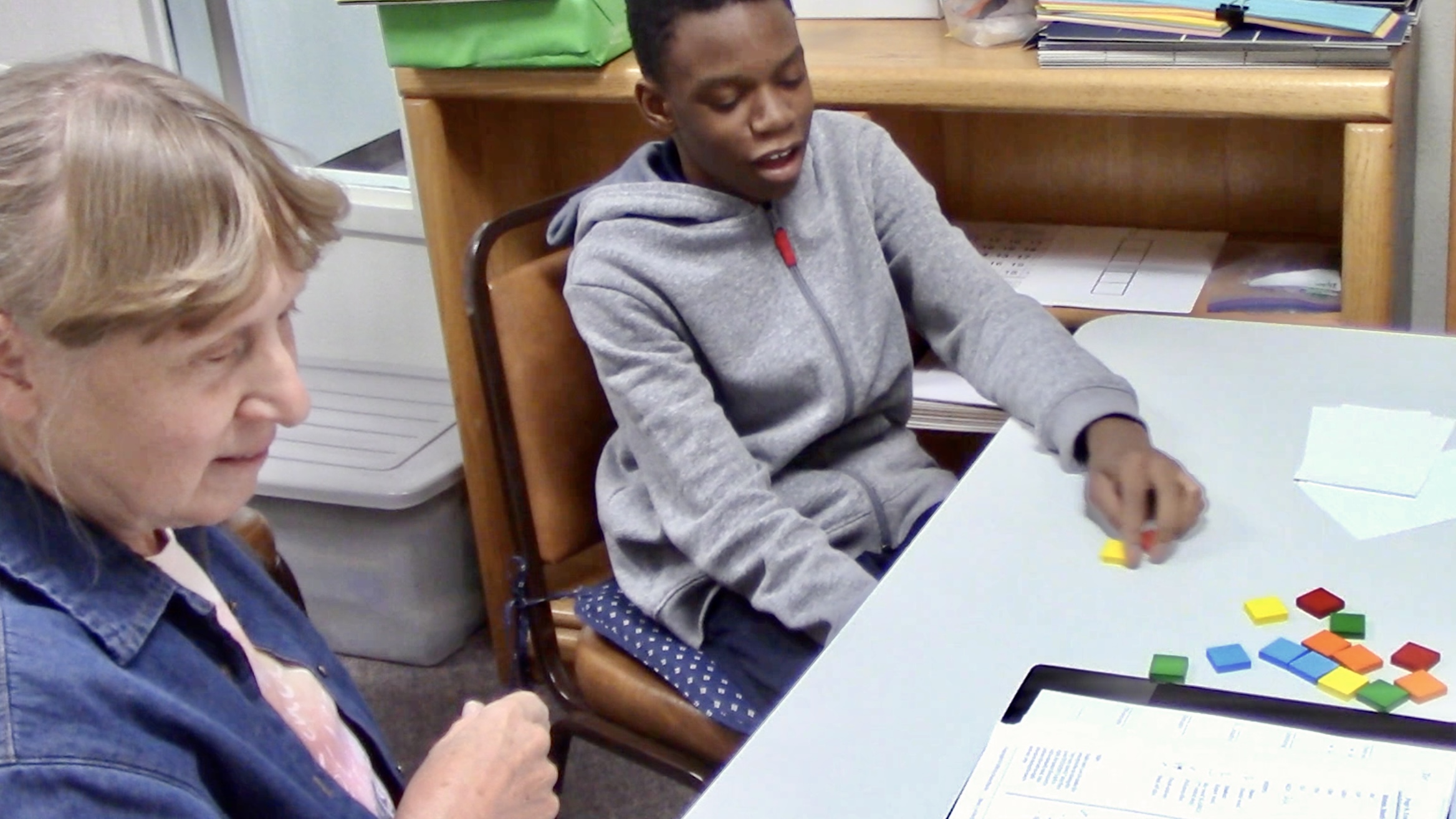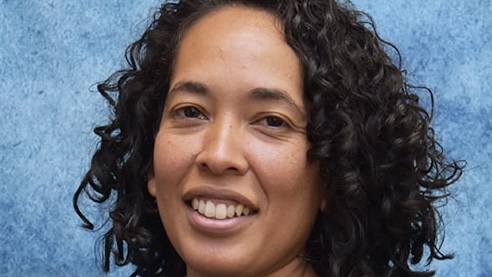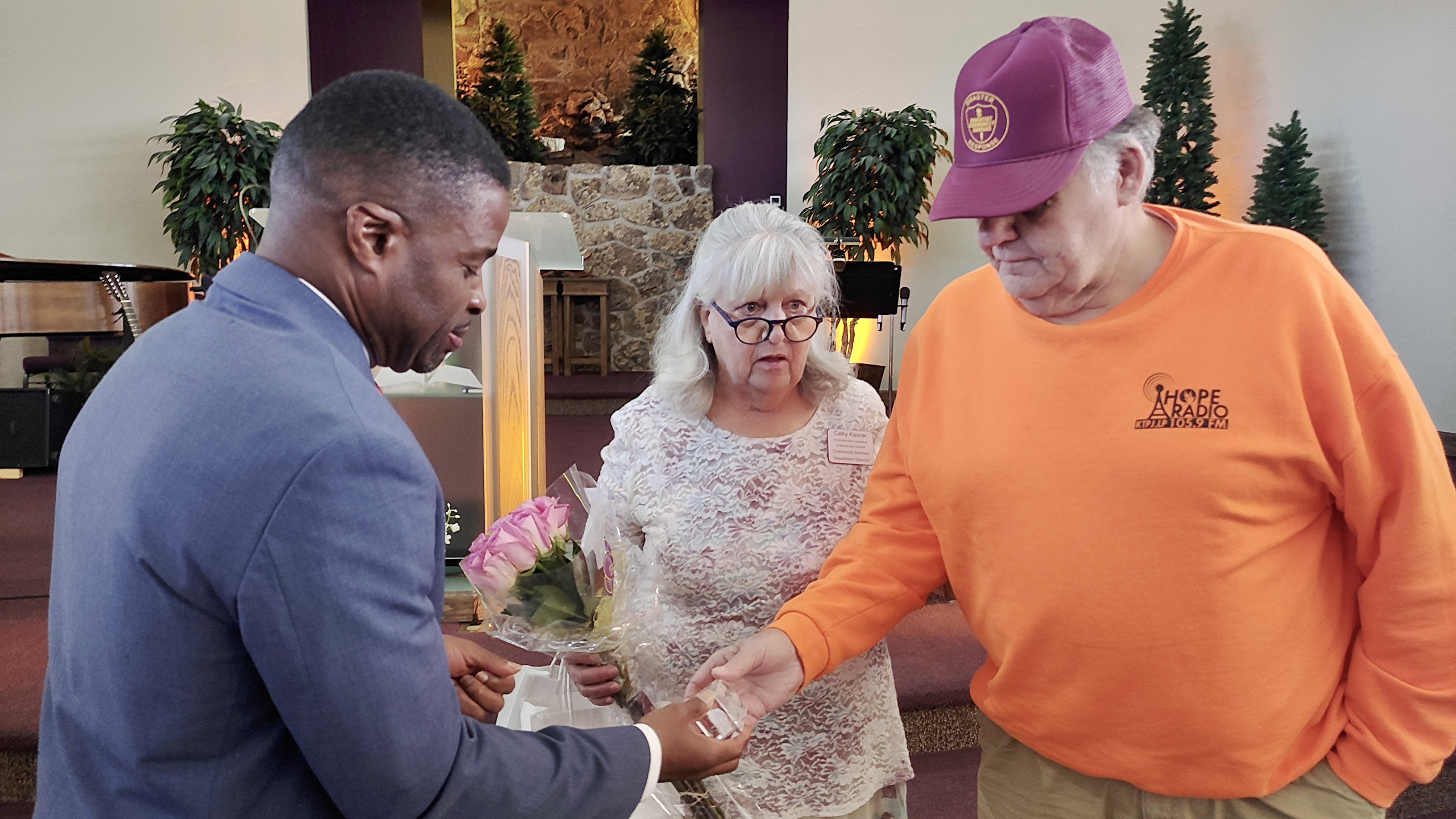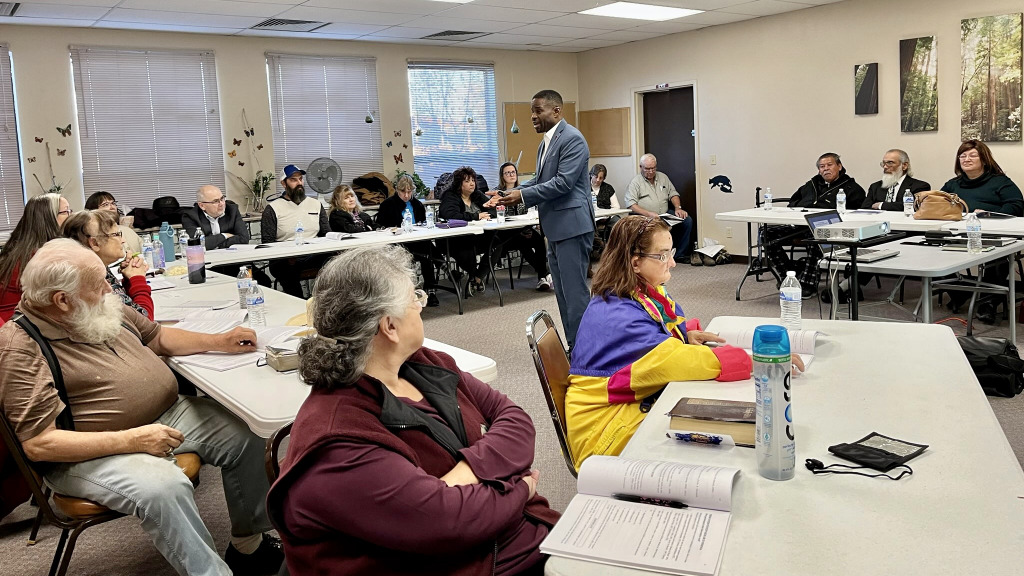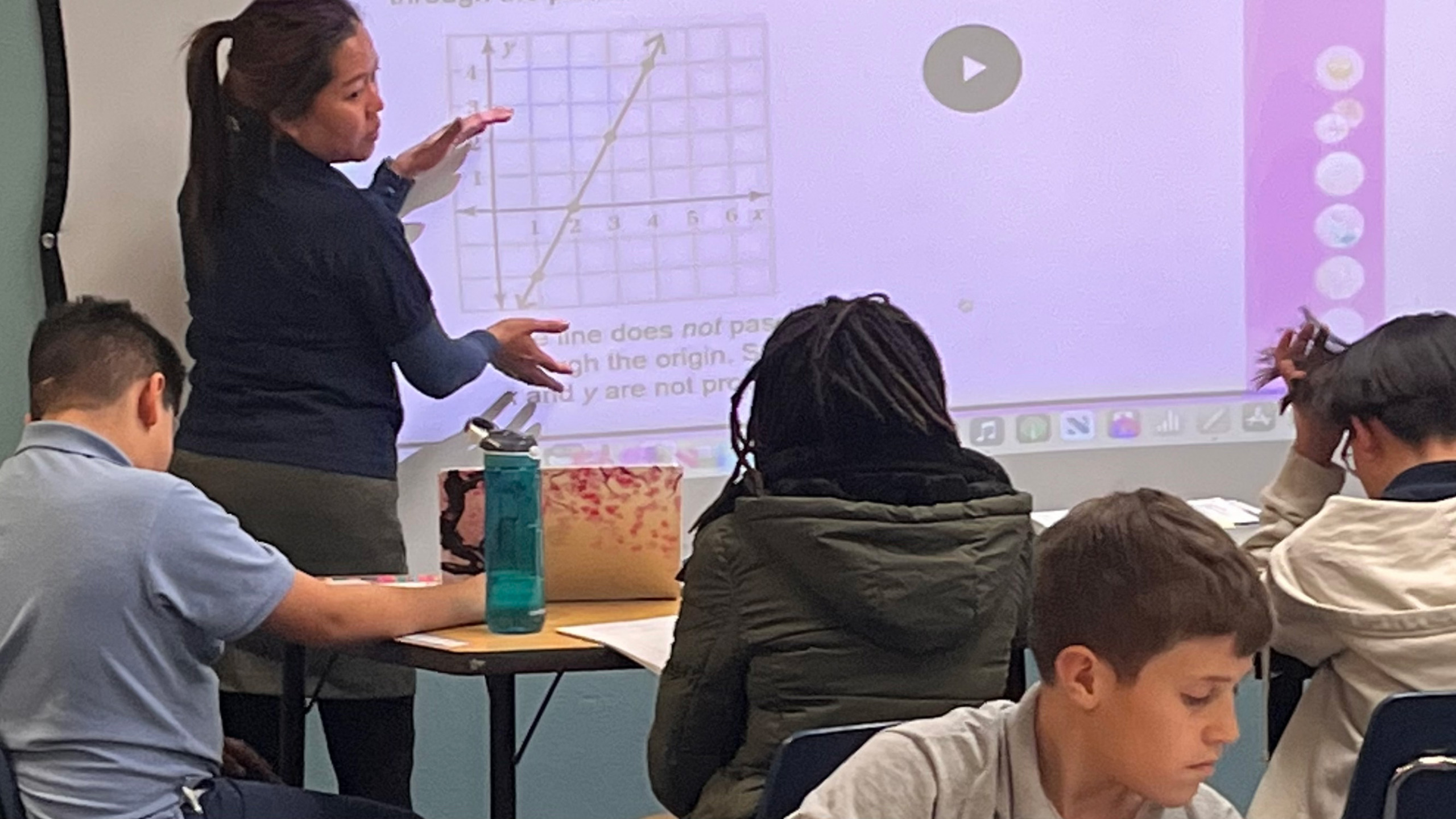Sue Nelson – Littleton, Colorado … On December 3, starting at 7:00 pm, some 29 teens from Front Range churches assembled for an all-night “lock-in” ending at 7:00 the next morning at the Littleton Adventist Church gym.
Roberto Mira, RMC Pathfinder Teen Coordinator, explains that “the lock-in is a yearly event that happens at the beginning of December. Run by Rocky Mountain Conference Teen Coordinators and trusted adult volunteers, this all-night event is meant to provide a space where teens from different Pathfinder clubs across the conference can intermingle through games, sports, and fellowship. They also enjoy a “share your faith” activity.”
“It is a great place to have teens try coming out of their comfort zone by making friends from different clubs,” he added.
The night began with a devotional, followed by dinner and a variety of games and sport activities, and continued until pick-up the next morning. For those preferring quieter activities, they were given the option of watching an age-appropriate movie or playing tabletop games. Teens who prefer to nap were provided a quiet space under adult supervision.
Roberto explains that teens are prohibited from leaving the premises. They may not leave any of the group activities without first informing an adult.
During the Littleton “share your faith “activity, the group plans to donate tied fleece blankets to the Children’s Hospital. Clubs are encouraged to make these blankets as a club activity and have the teens attending the lock-in bring them to the donation area provided during the event.
“Teen lock-in’–just thinking of those two little words made me tired, but there is no better cause to be tired for,” commented Janine Lechleitner, director from Louisville Miners Pathfinder Club. She has had the pleasure of watching her club teens and representatives from other clubs grow in their leadership skills and creativity over the past several years. This year, with the guidance of teen coordinators, teen leaders planned one of the best teen lock-ins to date,” she added.
She explained why they put such emphasis on teen activities. “Adolescence is such an important time of life. During these critical years, our children learn how to develop safe and healthy relationships with parents, friends, teachers, and others. Learning how to develop and maintain positive relationships will impact our children and help them as they make decisions related to friendships, school, dating, marriage, and work in the future. Relationship skills learned and developed during the teen years will also help our children make positive decisions about other areas of their lives.”
It is with this in mind that those of us involved with Pathfinders really promote teen activities including teen lock-in. During this lock-in, there was more participation and energy from ALL teens than ever before. It was gratifying to see “seasoned” teens interacting with “new” teens, drawing them out of their shells and getting them actively involved in activities.
What else drives her to want to stay up all night in a gym full of teens? “My love of children and desire to see our children develop a committed relationship for God.
One teen, Austin, is the newest Pathfinder in her club. He slid right into the club like he had always been there. He was very excited to come to teen lock-in, and Janene was just as excited to take him. “Once we arrived, he became a little nervous, not knowing anyone other than me, and his fellow club members Hannah and Aurora. I had the privilege of watching several of our Conference teens take Austin under their wings, so to speak. Before I knew it, Austin was out there with all the teens participating in and having fun with every activity.
During the teen years, friends play a large role as each teen develops their own identity. The building blocks for all relationships, however, come from the examples provided by adults, including parents, teachers, family friends, and church family.
According to Eli Gonzales, club ministries co-executive coordinator, besides the planned activities, “they devoured about 25 pizzas with NONE left over.”
–Sue Nelson is RMC executive coordinator for Club Ministries. Photo by Janine Lechleitner.
